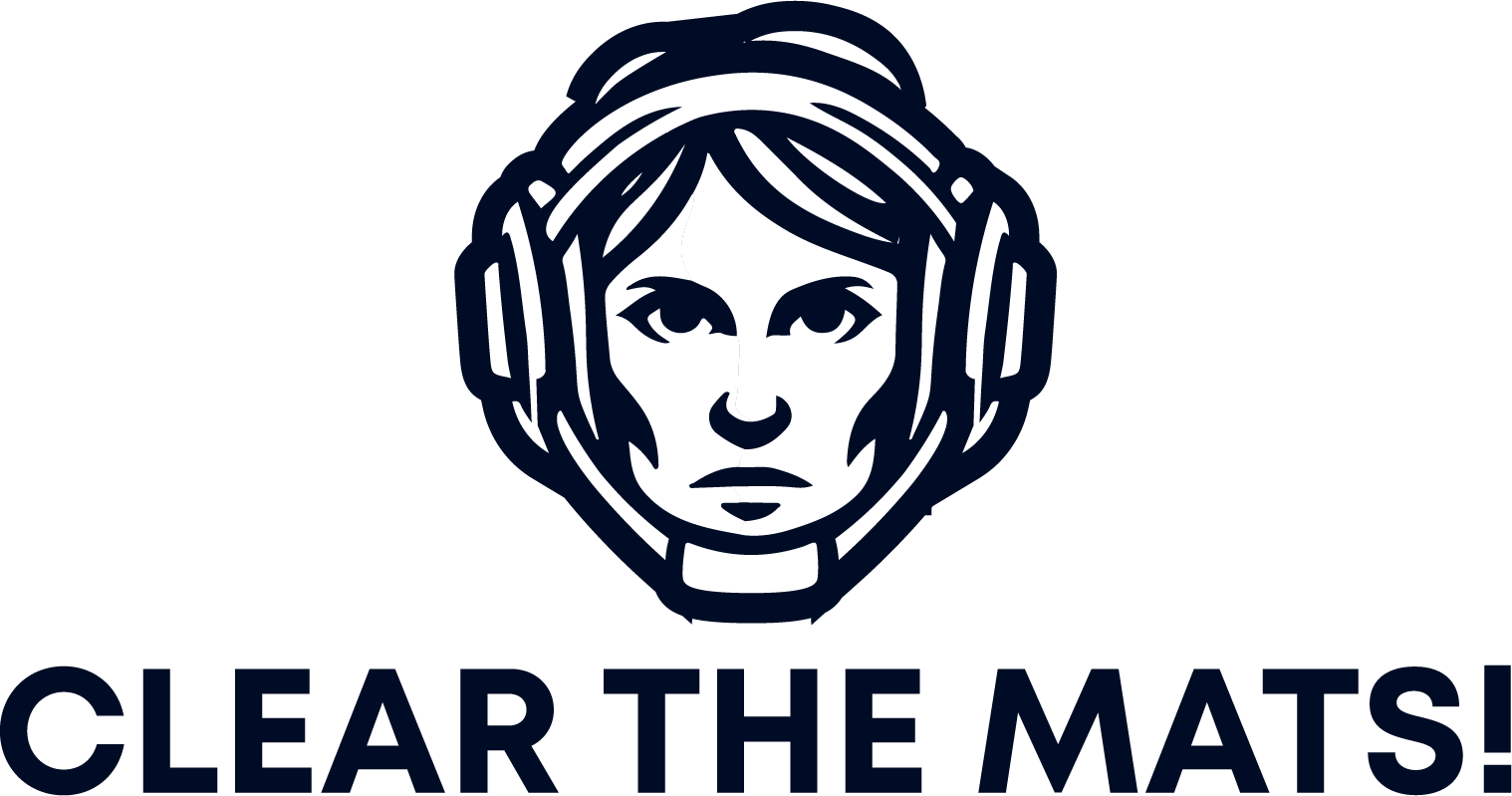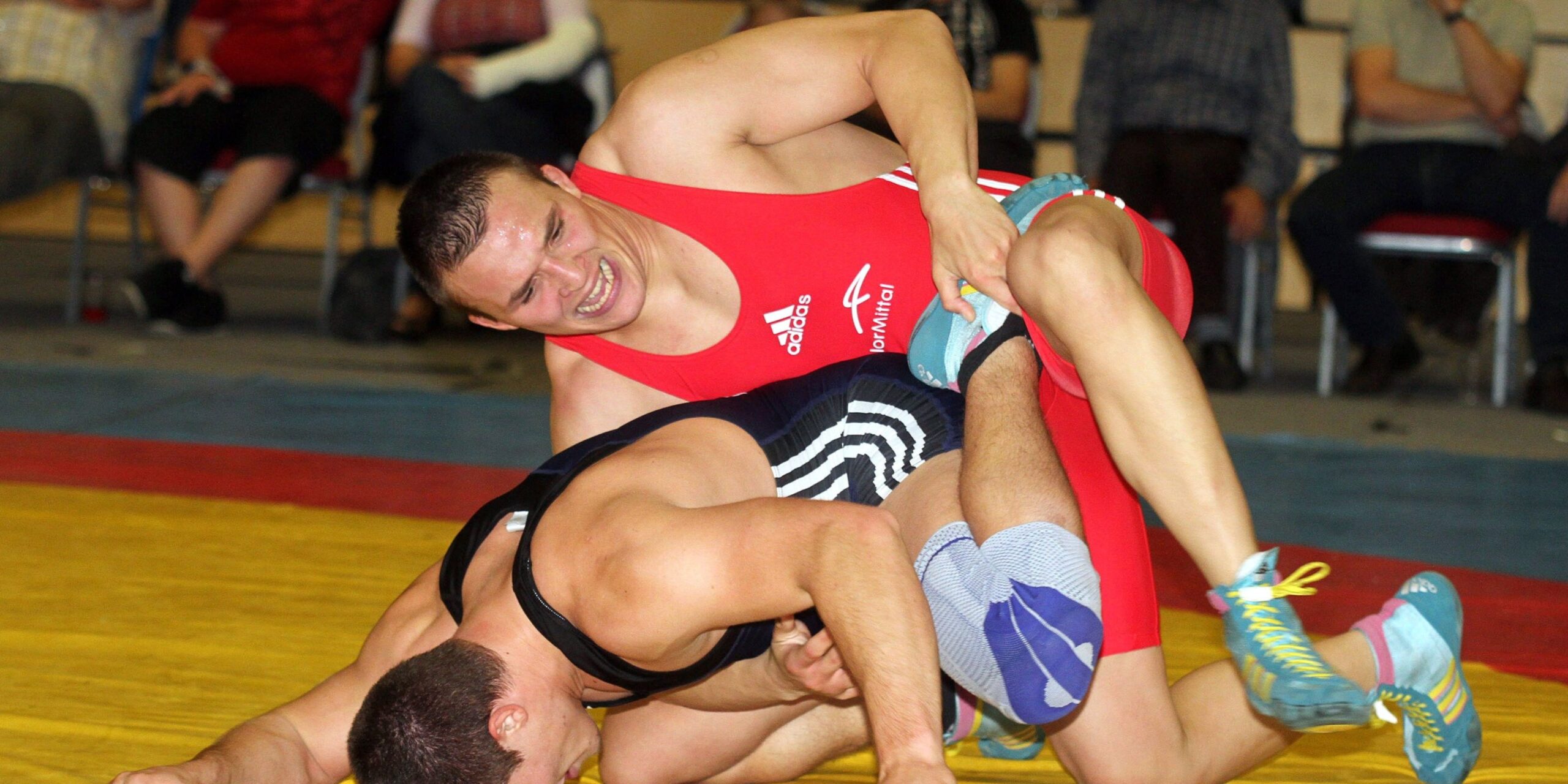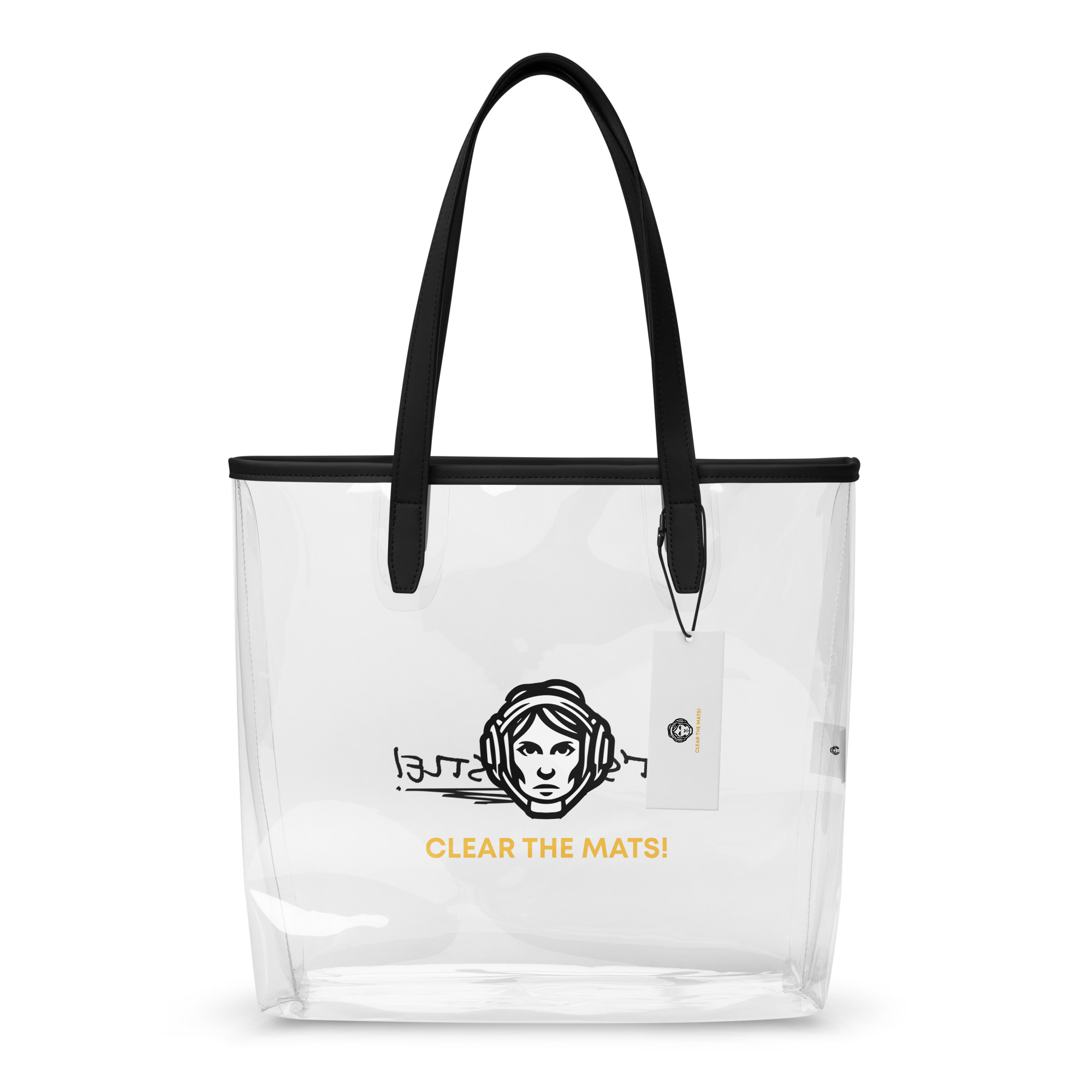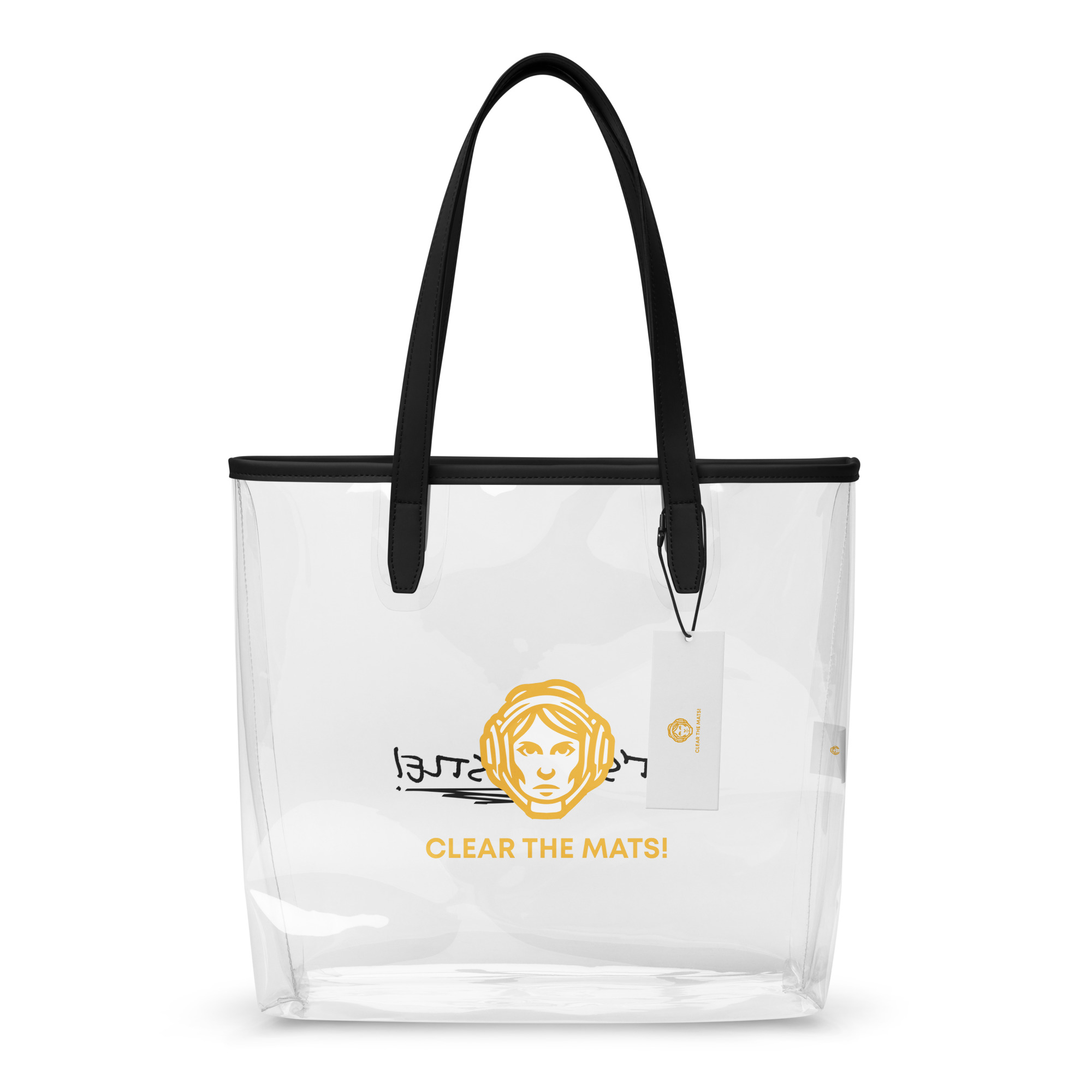Mastering the Mat: Basic Wrestling Techniques for New Wrestlers
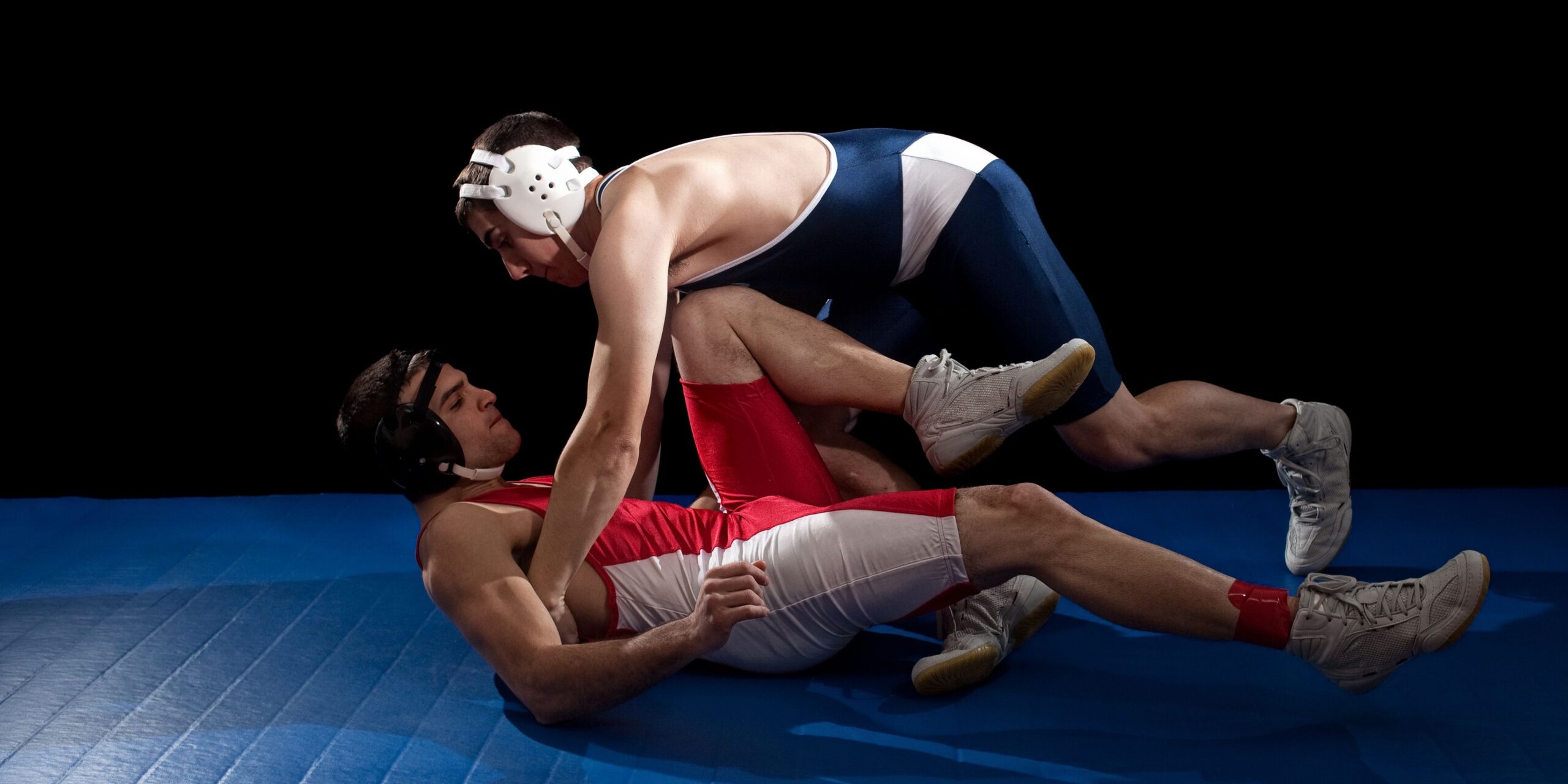
August 12, 2025
Wrestling is a contact sport built around a unique blend of mental toughness, strength, agility, and technique. If you’re just getting started in this challenging but rewarding sport, it might feel a bit daunting at first. To help you get started and to help you build a solid base for your mat career, this overview presented some general wrestling basics suitable for beginners. It is essential to know wrestling basics and practice them regardless of your intentions with wrestling, whether to wrestle competitively or perhaps just to try a new way to challenge yourself physically and mentally! (Not sure why you would want to take up wrestling as a hobby, but hey, to each their own!)
Getting Started: Setting the Right Foundation
Before ever stepping foot on the mat with live drills, a novice wrestler must grasp the fundamental aspects that are the building blocks for any immediate impact in wrestling training, such as conditioning, gear, and mental readiness.
Physical Conditioning for the Aspiring Wrestler:
Wrestling engages virtually every muscle group in the body. Therefore, a well-rounded conditioning program is crucial. For those engaging in beginner wrestling conditioning without a partner, focus on exercises that build:
- Cardiovascular Endurance: Activities like running, swimming, or cycling will help you sustain energy throughout practices and eventual matches. Aim for at least 30-45 minutes of moderate-intensity cardio several times a week.
- Strength Training: Focus on compound movements that engage multiple muscle groups simultaneously. Squats, push-ups, deadlifts, – normal and Romanian, pull-ups (or assisted pull-ups), lunges, and planks are excellent starting points. Bodyweight exercises are ideal for beginners and can be performed anywhere.
- Flexibility and Mobility: Wrestling requires a wide range of motion. Incorporate regular stretching, dynamic warm-ups (arm circles, leg swings), and static stretches (holding stretches for 20-30 seconds) to improve flexibility and prevent injuries. Pay particular attention to the hips, shoulders, neck, and hamstrings.
- Grip Strength: Many wrestling techniques rely heavily on a strong grip. Incorporate exercises like farmer’s walks (carrying heavy weights), towel pull-ups, or using grip strengtheners. I don’t recommend grip strengtheners, I think they are kind of gimmicky, stick to dumbbell wrist curls and twists, also deadlifts and farmers carry will activate the wrists as well.
Essential Gear for Your Wrestling Journey:
Having the right gear not only enhances safety but also allows for proper execution of techniques. The essential items for a beginner wrestler include:
- Wrestling Shoes: These provide the necessary traction on the mat and allow for quick changes in direction. They should fit snugly and offer good ankle support.
- Wrestling Singlet: A one-piece garment worn during practice and competition. It allows for a full range of motion and provides a clean grip for opponents during drills.
- Headgear: Essential for protecting the ears from cauliflower ear, a common injury in wrestling. Ensure it fits securely and comfortably. I recommend wearing headgear all the time, it’s not worth the risk.
- Mouthguard (Optional but Recommended): Provides protection for your teeth and jaw.
- Kneepads (Optional): Can offer additional cushioning and protection during certain drills and takedowns.
Mental Fortitude: The Unsung Hero:
Wrestling is as much a mental battle as it is a physical one. Cultivating mental toughness from the outset is crucial. This includes:
- Setting Realistic Goals: As a beginner, focus on learning fundamental skills and improving gradually rather than immediate wins.
- Developing Discipline: Consistent training, even when you don’t feel like it, is key to progress. Remember doing those extra deadlifts, especially in the off season, is going to make all the difference.
- Embracing Challenges: Wrestling involves constant learning and overcoming setbacks. View challenges as opportunities for growth.
- Maintaining a Positive Attitude: Believe in your ability to learn and improve. A positive mindset can significantly impact your progress.
Mastering the Fundamentals: The Building Blocks of Wrestling
Once you have established a basic level of conditioning and acquired the necessary gear, the next step is to learn the fundamental techniques that form the bedrock of wrestling. These essential wrestling moves for beginners revolve around stance, motion, takedowns, escapes, and basic groundwork.
The Crucial Stance and Motion:
Your wrestling stance is your base of power and stability. It allows you to move efficiently, react quickly, and execute techniques effectively. Wrestling stance and motion drills for beginners are therefore paramount.
- The Neutral Stance: Stand with your feet shoulder-width apart, knees slightly bent, and your weight balanced. Your back should be straight, and your head up, with your arms held loosely in front of you, ready to engage. Practice shifting your weight from foot to foot while maintaining this balanced and athletic posture.
- Level Change: The ability to change your level (bending at the knees while keeping your back straight) is crucial for executing takedowns. Practice dropping your level smoothly and explosively, maintaining your balance.
- Footwork and Motion: Efficient movement on the mat is essential for creating openings and avoiding attacks. Practice shuffling forward, backward, and laterally while maintaining your stance and level. Focus on short, quick steps and staying light on your feet. Drills like shadow wrestling (practicing movements without a partner) can help develop coordination and fluidity in your motion.
The Art of the Takedown:
A takedown is the act of bringing your opponent from their feet to the mat and gaining control. It is often the first scoring opportunity in a wrestling match. Several fundamental takedowns are crucial for beginners:
- The Single Leg Takedown: This involves penetrating (stepping) towards your opponent’s leg, securing a grip on one leg (typically below the knee or at the ankle), and then driving forward or lifting the leg to bring them down. Practice different finishes, such as running the pipe (driving through) or elevating the leg. Can also be done in conjunction with an ankle pick.
- The Double Leg Takedown: This involves a deeper penetration, securing both of your opponent’s legs (typically behind the knees), and driving forward with your head up and back straight to bring them to the mat. Focus on maintaining a tight grip and driving with your hips.
- The High Crotch Takedown: Similar to the single leg, but you penetrate higher, aiming to secure a grip around your opponent’s thigh or hip. This often requires a lower level change and explosive penetration.
For all takedowns, emphasize:
- Penetration Step: A quick and decisive step towards your opponent.
- Level Change: Dropping your level to get under your opponent’s center of gravity.
- Head Position: Keeping your head up and inside your opponent’s body to generate power and control.
- Finishing the Takedown: Driving through or lifting the leg to bring your opponent down with control.
Escaping from Bottom Position:
Being on the bottom in wrestling is a disadvantageous position, and learning to escape and return to your feet is crucial. Basic escapes include:
- The Stand-Up: This involves creating space between you and your opponent, getting to your feet, and establishing a neutral stance. Key elements include posting on your hands, creating separation with your hips, and quickly getting your base.
- The Sit-Out: From the referee’s position (on your hands and knees), you quickly sit out to one side, bringing one leg forward and attempting to circle behind your opponent to gain control or escape.
- The Hip Heist: This involves bridging into your opponent to create space and then shrimping (moving your hips) out from underneath them to escape or create an opportunity to get to your feet.
Introduction to Basic Groundwork (Neutral):
While the focus for beginners is often on takedowns and escapes, understanding basic groundwork principles is also important. This includes:
- Maintaining a Strong Base: When on your hands and knees, keep a wide base of support to prevent being easily turned.
- Hand Fighting: Using your hands to control your opponent’s wrists and prevent them from establishing effective holds.
- Creating Angles: Shifting your body position to create openings for escapes or to set up potential offensive moves later in your development.
The Path to Improvement: Consistent Practice and Learning
Mastering basic wrestling techniques for new wrestlers is an ongoing process that requires dedication, consistent practice, and a willingness to learn.
- Find a Qualified Coach and Training Partners: Learning from experienced individuals is invaluable. A good coach can provide proper instruction, correct your technique, and guide your development. Training with partners of varying skill levels will challenge you and help you adapt. Seek out local wrestling clubs, school programs, or gyms that offer beginner wrestling classes.
- Drill Regularly and Intentionally: Repetition is key to muscle memory and developing proficiency in techniques. Focus on quality over quantity. Pay attention to the details of each movement and strive for proper execution. Break down complex techniques into smaller, manageable steps.
- Seek Feedback and Be Open to Correction: Your coach and training partners can provide valuable insights into areas where you can improve. Be receptive to constructive criticism and use it to refine your technique.
- Watch and Analyze Wrestling Matches: Observe experienced wrestlers, paying attention to their stance, motion, takedown setups, and how they react in different situations. Analyze what makes them successful. Online resources and recorded matches can be excellent learning tools.
- Be Patient and Persistent: Progress in wrestling takes time and effort. There will be plateaus and setbacks along the way. Don’t get discouraged. Stay consistent with your training, and you will see improvement over time.
- Focus on the Fundamentals: Even as you progress, never neglect the foundational techniques. A strong understanding of the basics will serve you well as you learn more advanced moves.
Conclusion: Embracing the Wrestling Journey
Embarking on the wrestling journey is a commitment to physical and mental development. Many programs over- emphasize conditioning and technique to the detriment of strength training. It is just as important! By understanding and consistently practicing basic wrestling techniques for new wrestlers, coupled with dedicated beginner wrestling conditioning without a partner when necessary, and diligently working on wrestling stance and motion drills for beginners, you will build a solid foundation for future success. Remember that progress is a marathon, not a sprint. Embrace the challenges, celebrate the small victories, and enjoy the process of becoming a wrestler. The discipline, resilience, and skill you develop on the mat will undoubtedly extend far beyond the wrestling room, enriching your life in countless ways.
